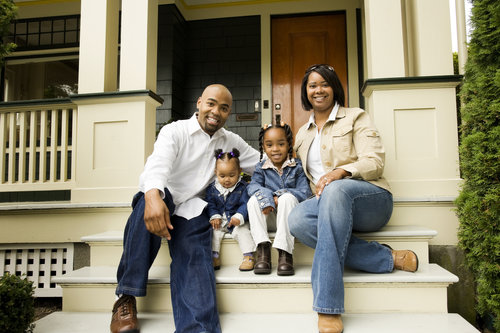NAREB seeks to address barriers on both the borrowing and lending side of homeownership
The National Association of Real Estate Brokers (NAREB) plans to launch a nationwide wealth building and homeownership initiative focused on African Americans. The initiative has a goal of generating two million new black homeowners in five years.
NAREB plans to develop strategies to counteract the stagnating homeownership rate among African Americans, which has dropped from 49 percent in 2006 to 42 percent in the present market. The organization plans to launch an educational campaign to better prepare renters for homeownership, as well as provide insights into the process and tools available to help them.
Ron Cooper, president of NAREB, discussed the importance of black homeownership in a Commercial Appeal article.
“We lost quite a bit of equity wealth. We need to rebuild it,” Cooper said. “…The message is that the pursuit of home ownership of black Americans is still a noble pursuit. The American dream is within our reach; we just got to reach for it.”
Plan Voices Concern Over Inequality in Mortgage Rates
NAREB’s plan also seeks to address disparities in mortgage rates amongst African Americans versus Caucasians. A Zillow study found that black mortgage applicants are denied at nearly twice the rate of all other applicants in Houston – 17.3 percent of black mortgage applicants are denied, versus a denial rate of 10 percent for all applicants.
Additionally, despite African Americans comprising 12 percent of the U.S. population, they account for only 3 percent of conventional loan applicants. Of those approved for mortgages, only 2.5 percent of those were black. By comparison, white Americans make up 62 percent of the population and 69.5 percent of conventional loan applications, and of those approved, 71.9 percent were white.
An in-depth look at the history of racial discrimination in housing and how it continues to affect the real estate market can be found in the most recent cover story of our sister publication in Chicago.

